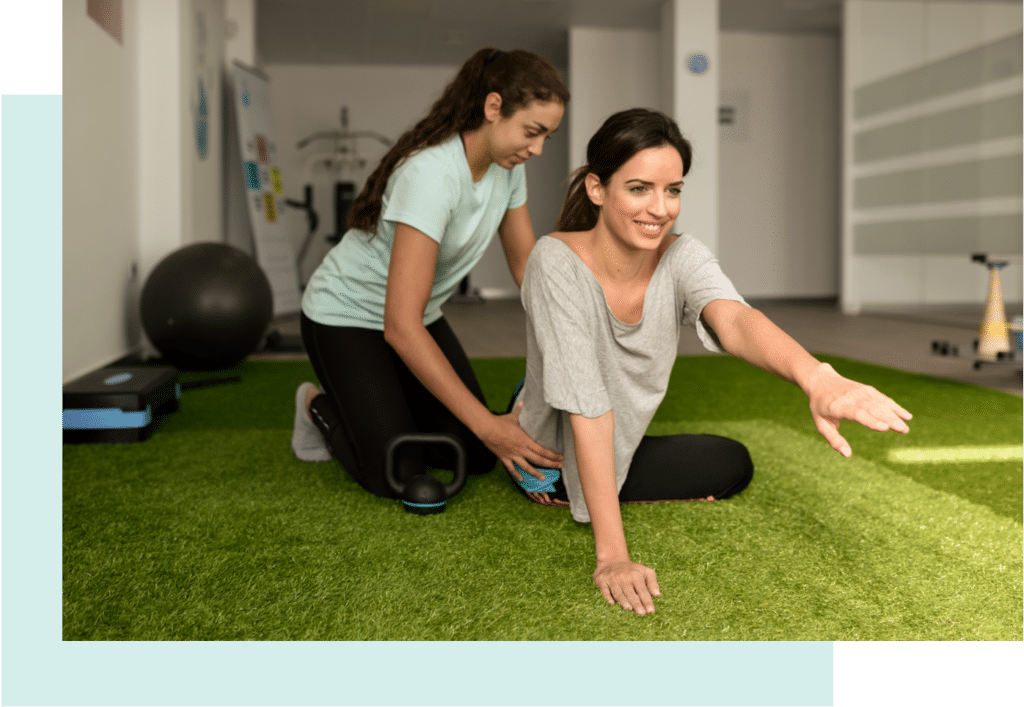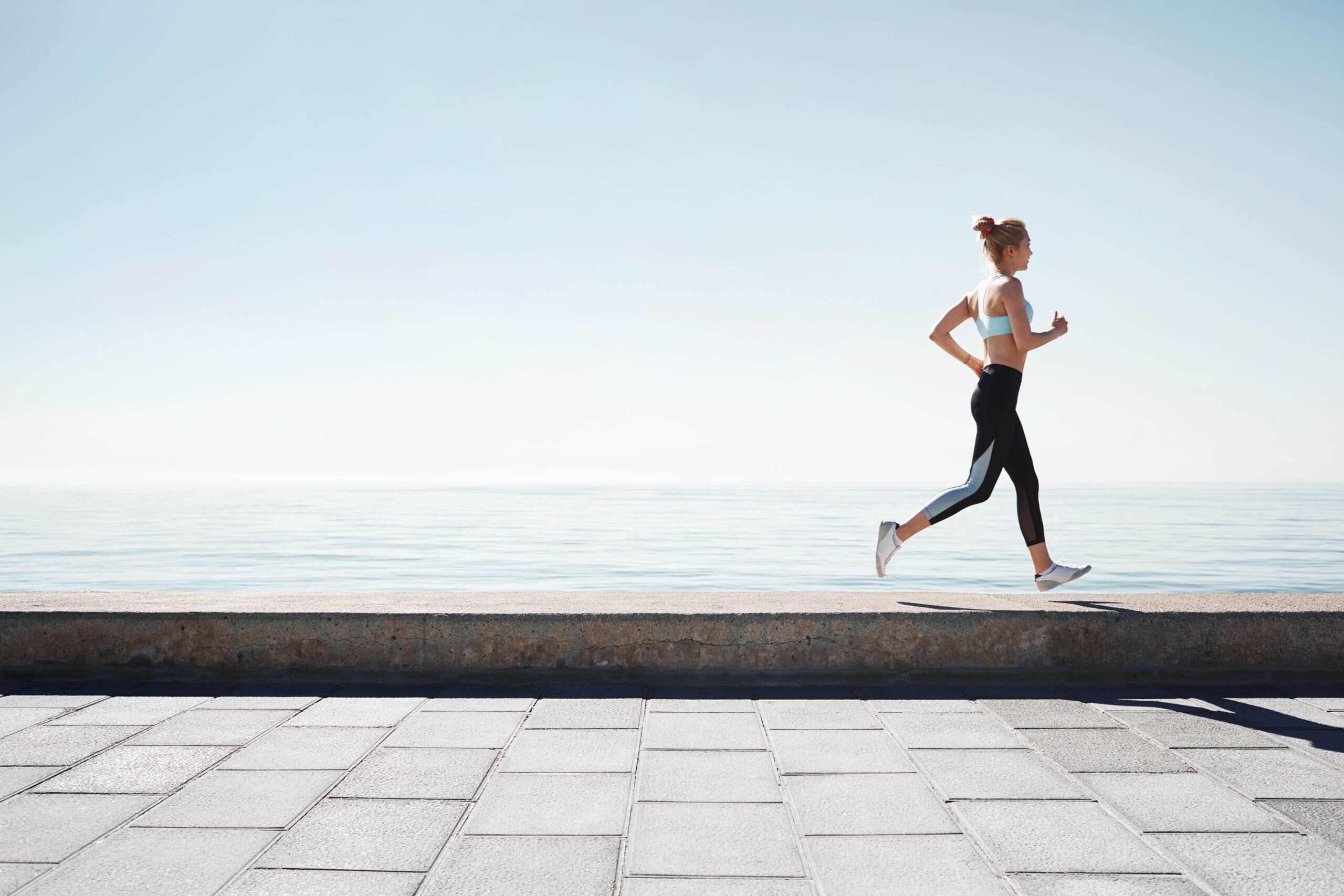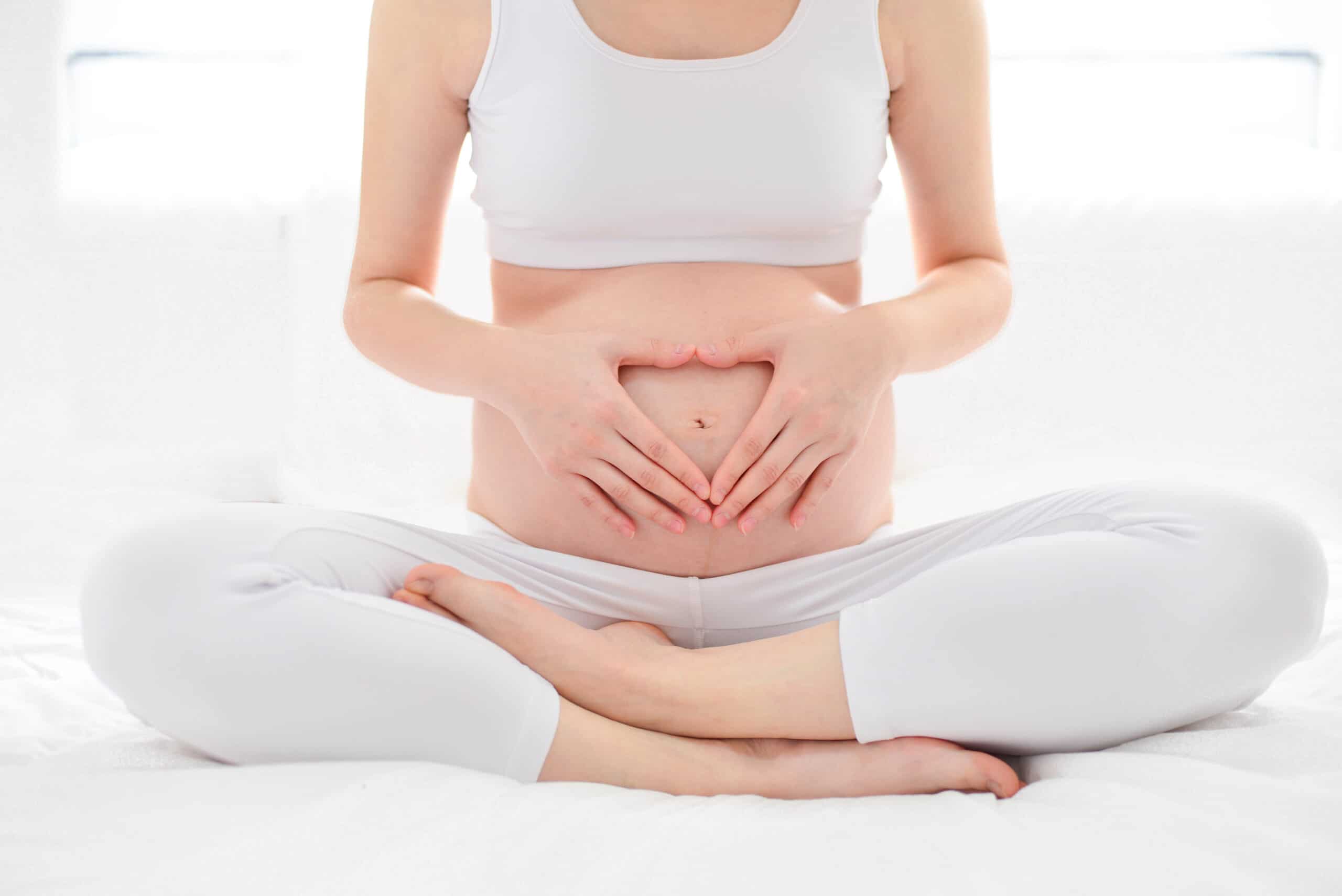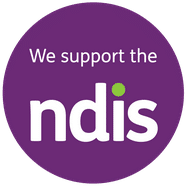Conditions We Treat
For more information on Women’s Health, visit our dedicated page.
For more information on Sports Inuries, visit our dedicated page.

Conditions
Headaches
Headaches are a common issue and can be quite debilitating, impacting on quality of life. While there are over 300 different causes of headaches there are multiple types of headaches that Physiotherapy treatment can assist with.
Cervicogenic headaches:
Result from dysfunction in the cervical spine (neck), referring pain up into the face and head.
Tension-type headaches:
Usually present as a tight band or pressure around the head and/or neck, stemming from the joints/muscles in the neck.
Treatment of headaches may involve:
- Postural assessment
- Mobilisation and manual therapy of the cervical spine
- Dry needling
- Soft tissue and trigger point release of the muscles and soft tissues around the neck
- Exercises focusing on restoring neck and thoracic spine range of motion, and improving neck strength, endurance and function
- Lifestyle advice and self management techniques
By getting a diagnosis and finding the root cause of your headaches a rehabilitation plan can be put in place to reduce the frequency and intensity of these headaches.

Neck Pain
Neck pain is an extremely common condition affecting up to 20% of the population. It may be acute (present for less than 3 months) or chronic (present for greater than 3 months).
What are the different diagnoses or causes of neck pain?
- A painful and stiff neck: cervical joint issues, as well as associated neck muscle spasm, can contribute to a loss of neck range of motion, particularly turning your head to the side or looking up and down.
- Wry neck: is a condition associated with neck pain and stiffness, which is often accompanied by spasm of the neck muscles. This causes pain and makes it hard to move your neck through a normal range of motion. Often the onset is very fast, and you may notice when waking first thing in the morning.
- Neck pain with radiating pain (radicular pain): occurs when there is irritation or compression of the nerve as it exits the neck joints. Common symptoms include neck pain with radiating nerve pain (in a narrow band) in the involved arm and also may include paresthesia/numbness and muscle weakness.
- Neck pain with cervicogenic headaches: commonly involves unilateral neck pain and referred headache. The headache may be aggravated by neck movements or sustained positions and postures.
- Whiplash related neck pain: can present with common symptoms that are linked to trauma or whiplash, associated with neck pain, referred shoulder girdle or arm pain, associated concussive signs and symptoms including dizziness/nausea, headache, concentration, memory difficulties, confusion and hypersensitivity to touch/heat/sound.
How can Physiotherapy help?
The great news is that there is good evidence to support Physiotherapy treatment in the management of neck pain. Depending on your issue, treatment will focus on reducing pain, reducing muscle imbalances, restoring function and preventing long term issues. Treatment may involve:
- Exercise and rehabilitation
- Neck endurance and strengthening
- Muscle control and stabilisation
- Eye-neck coordination/proprioception
- Postural control and strengthening
- Range of motion and stretching
- Soft tissue massage
- Joint mobilisation
- Heat or ice as indicated
- Dry needling
- Taping to assist in muscle relief and posture
- Pillow recommendations
- Ergonomic/desk set up advice and assessment
Back Pain
Low back pain will affect up to 80% of adults at some point in their life. Thoracic spine pain (middle back pain) is also common and may present as pain, tightness or stiffness in the middle back or between the shoulder blades (scapula). The great news is that episodes of back pain typically resolve within 6 weeks, particularly with the right treatment, exercises, advice and education. Unfortunately some pain will persist after this time and become chronic, with regular “flare ups”.
Our goal when treating back pain is to really delve deep into the cause of your back pain, and focus on treatments and a targeted rehabilitation plan that don’t just give short term relief, but also a long-term management plan to get you back to doing what you love.
Back conditions we treat:
- Disc issues
- Sciatic pain
- Sacroiliac joint pain
- Facet/joint issues
- Posture related pain
- Chronic back pain (lasting > 3 months)
- Acute back pain
- Scoliosis
- Arthritis

Hip Pain
Hip pain is common among adults of all ages, and can have a significant impact on quality of life. Symptoms of hip pain vary depending on the cause but you may experience:
- A loss of hip movement
- Pain on lifting one leg
- Limping
- Pain or difficulty standing on one leg, walking up stairs, walking up hills
- Clicking or catching of the hip
- Pain in the groin
- Pain at the front, side or back of the hip
- Aching down the affected leg
There are many different locations that people may experience hip pain, with differing causes of each:
- Great trochanteric pain syndrome: lateral hip pain caused by tendons/bursae on the outside of the hip
- Hip joint issues (such as arthritis, labral tears): may lead to hip pain with a reduction in hip movements, you may experience clicking or catching of the hip
- Buttock pain: may be caused by deep external rotator muscle of the hip
- Referred back pain: pain from the lumbar spine can refer and present as hip pain
- Groin pain: may be caused by a hip joint issue, the pubic symphysis or the muscles of the groin
A series of diagnostic tests will be performed to determine the cause of your hip and rule out other issues such a referred pain from the lumbar spine. An assessment is essential for not only determining what is going on, but WHY it has occurred. In order for your treatment to be successful we must address any underlying muscle imbalances and dysfunctions around the hip. With 17 muscles surrounding the hip and many more which influence hip function rehabilitating the appropriate muscle issues is key. Dry needling and manual therapy can be a great adjunct to your treatment plan.

Shoulder Pain
Shoulder pain is extremely common and may occur for multiple different reasons. Some common causes of shoulder pain may include:
Rotator cuff injuries/tears: rotator cuff injuries are common, there are 4 rotator cuff muscles of the shoulder. Symptoms may include a dull deep ache and restriction of movement when reaching overhead or behind the back. Rehabilitation will focus on reducing pain, improving movement and restoring strength and function in the shoulder muscles.
Shoulder dislocation and instability: the shoulder is the most mobile joint in the body, predisposing it to instability and dislocation. Dislocations are common with contact sports, and there are multiple directions in which the shoulder may dislocate. Unfortunately once you have experienced one dislocation, further dislocations are common. Improving strength, stability and control around the shoulder is an important focus of rehabilitation.
Frozen shoulder: also called Adhesive Capsulitis, is characterised by pain and stiffness in the shoulder and can last up to 6-12 months. The goal of physiotherapy is to maintain and regain as much range of movement and muscle strength as possible.
Referred neck pain: neck pain and cervical nerves can refer pain into the shoulder, an assessment will be able to determine if your pain is coming from the shoulder or the neck.
A thorough assessment will assist in determining the cause of your pain and why it has occurred. A targeted treatment plan will be developed to assist in reducing pain and restoring function. Manual therapy, dry needling and soft tissue release can be beneficial in restoring range of motion and reducing pain. A specific rehabilitation program to address muscle imbalances and weakness, restore range of motion and improve strength and function will be utilised.

Knee and Shin Pain
Knee pain is extremely common and unfortunately it can stop you from doing many things that you need or love to do. It may affect your walking/running, ability to climb stairs and even sleep.
Common causes of knee and shin pain include:
Runners knee (Patellofemoral Pain Syndrome): is an umbrella term used for pain arising from the patellofemoral joint, or adjacent soft tissues (under or around the knee cap). Aggravating factors may include running, ascending/descending stairs, sitting with knees bent, kneeling, and squatting.
Acute knee injuries:
Acute knee injuries commonly occur during sport, either due to contact or due to quick changes of direction increasing forces on the load. Injuries include:
- Ligament strains or rupture: ACL, MCL, LCL, PCL
- Meniscal injuries and tears
Osteoarthritis of the knee:
Osteoarthritis occurs due to a progressive loss of articular cartilage. Common symptoms include: knee pain that is gradual in onset and worsens with activity, knee stiffness and swelling, pain after prolonged sitting or resting and/or crepitus (a cracking sound with joint movement).
Shin splints:
Also known as Medial Tibial Stress Syndrome and is defined as exercise induced pain along the tibia (shin) caused by repetitive loading stress during running and jumping.
Physiotherapy can assist in not only diagnosing the cause of your knee pain but also addressing the reason why it has occurred. Treatment and rehabilitation may include:
- Improving knee range of motion
- Restoring muscle strength and endurance of all muscles that affect the knee including the quadriceps, glutes, hamstrings and calf muscles
- Improving single leg stability
- Footwear assessment and advice
- Running assessment

Foot and Ankle Pain
Ankle sprains and ligament injuries
Sprains to the ligaments occur when your ankle rolls in a direction which stretches the ligaments to a greater degree than they have the strength for, causing varying degrees of damage. Ankle sprains occur in the ligaments on the outside of the ankle 90% of the time.
Depending on the severity, ankle sprains can present with a variety of symptoms including:
- A ‘pop’ sound at time of injury
- Swelling
- Bruising
- Pain
- Inability to put weight on the affected foot
Plantar fasciitis:
Plantar fasciitis is caused by a straining of the plantar fascia (a tendon underneath the foot) where it attaches on the heel.
Signs and symptoms may include:
- Heel pain or stiffness with first steps in the morning or after long periods of non-weight bearing
- Tenderness to the heel
- Pain is usually worse when barefoot on hard surfaces and with stair climbing
- There may have been a sudden increase in activity level prior to the onset of symptoms
Other foot and ankle conditions:
- Foot and ankle fractures
- Tendon injuries of the foot ankle (there are multiple tendons around the foot and ankle including the Achilles tendon)
- Nerve related foot and ankle pain
- Osteoarthritis of the foot and ankle joints

Treatment of foot and ankle injuries
The first step to rehabilitating foot and ankle injuries is getting an accurate diagnosis, and working out why the injury has occured. Rehab can involve:
- Restoring ankle range of motion and movement
- Footwear recommendations
- Improving balance and stability of the foot and ankle
- Progressive strength and resistance training program for muscles of the foot, ankle and leg
- Taping to unload structures or provide additional support
- Functional and sport specific rehabilitation
- Return to running assessment and program
The key to rehabilitation is ensuring foot and ankle function is restored, and correcting imbalances to prevent reinjury.
Muscle Strains & Tears
A muscle strain occurs when muscle fibers cannot cope with the demands placed on them and leads to tearing of the fibers. Muscle strains and tears are common in sports involving sprinting and jumping.
There are 3 different grades of muscle strains:
- Grade I (mild) strains affect only a minimal number of fibers in the muscle
- Grade II (moderate) strains have nearly half of muscle fibers torn
- Grade III (severe) strains involve the complete rupture of the muscle
The severity of symptoms will vary depending on the severity of the muscle tear. Symptoms may include swelling or bruising over the affected area, loss of muscle strength, and pain.
Treatment of muscle strains and tears:
The first step of rehabilitating muscle strains and tears is getting a correct diagnosis. Muscle tears that involve the tendon as well need to be rehabilitated differently and take longer.
The length of rehabilitation will depend on multiple factors including:
- The severity of your muscle strain
- If tendon is involved
- What loads and demands your muscle needs to be able to handle (ie returning to walking vs returning to sprinting)
Rehabilitation involves:
- Initially reducing pain, promoting tissue healing and avoiding further damage
- Restoring range of motion
- Reducing scar tissue formation
- Balance, proprioception and stability training
- Strength training to restore muscle function
- Core stability training to improve postural and neuromuscular control, and prevent recurrences
- Functional rehabilitation and sport specific
The key to rehabilitation is ensuring the muscle function and strength is restored, and correcting imbalances to prevent reinjury.

Ligament injuries
Ligaments are thick bands of tissue made of collagen that connect bone to one and other. They are important joint stabilisers. There are ligaments in all joints in the body, and they can be overstretched or injured.
During your Physio assessment we will be able to determine the integrity of the ligaments and determine the grade of the ligament sprain. There are 3 grades of ligament injuries:
- Grade I – the ligament is stretched but still intact
- Grade II – partial tear of the ligament
- Grade III – complete rupture of the ligament
Common ligament sprains include:
- ACL, PCL, MCL and LCL sprains of the knee
- Lateral ankle sprains (ATFL)
- Elbow, hand and finger ligament sprains
Physiotherapy treatment and rehabilitation aims include:
- Prevention of abnormal scar tissue formation, joint stiffness, muscle weakness
- Restore proprioceptive deficits
- Pain relief through joint mobility techniques, soft tissue massage, electrotherapy
- Improving scar tissue quality using techniques to guide the direction it forms
- Loosening or strengthening of the injured region with individually prescribed exercises and techniques.
- Improving performance when the client returns to sport, work or simply daily life.
- Correct any biomechanical faults that may be affecting movement, technique or predisposing the client to injury.
- The amount of rehabilitation and the time needed for full recovery after a sprain or strain depend on the severity of the injury and individual rates of healing.

Running injuries
Running injuries are extremely common, and unfortunately these injuries, aches and pains can stop us from running or increasing our running distances. More than 80% of running injuries are caused by repetitive stress and load, but sudden injuries like a sprained ankle or a torn muscle can happen too.
So commonly running injuries are not fully rehabilitated meaning they come back time and time again. For example, a runner who continues to get foot, ankle or knee pain anytime they try to increase their training load or running distances.
A Physiotherapy assessment will focus on getting a thorough history and performing a detailed assessment to not only diagnose the condition but to find out exactly WHY it is occurring. The “why” is essential for your rehabilitation because if we can get a great understanding of why the issue has occurred we can rectify these issues, improve performance and focus on prevention.
This may involve assessing :
- Ligament, meniscus and muscle integrity
- Muscle length and range of motion
- Running technique
- Foot posture and movement during stance, walking and running
- Core and trunk stability
- Footwear integrity, support and quality
- Muscle strength and endurance
- Joint range of motion
- Balance and single leg stability
- Muscle power during jumping, and hopping activities

Common running injuries may include:
- Runners knee (patellofemoral pain syndrome)
- Achilles tendon pain
- Shin splints
- Foot pain (including plantar fasciitis)
- Hip pain
- ITB pain
- Low back pain



